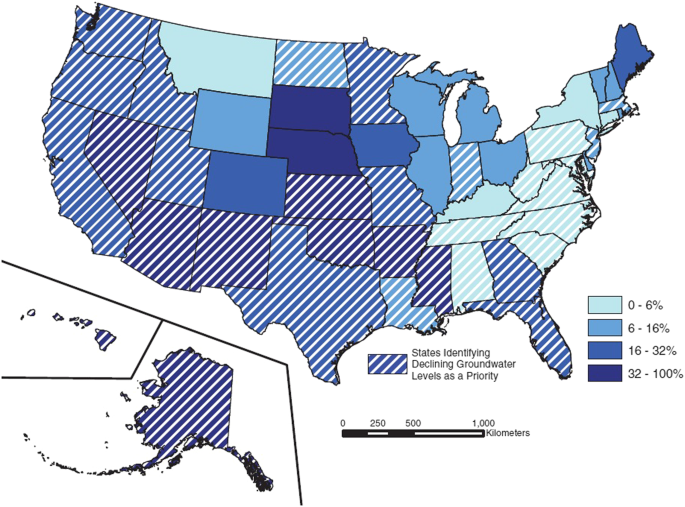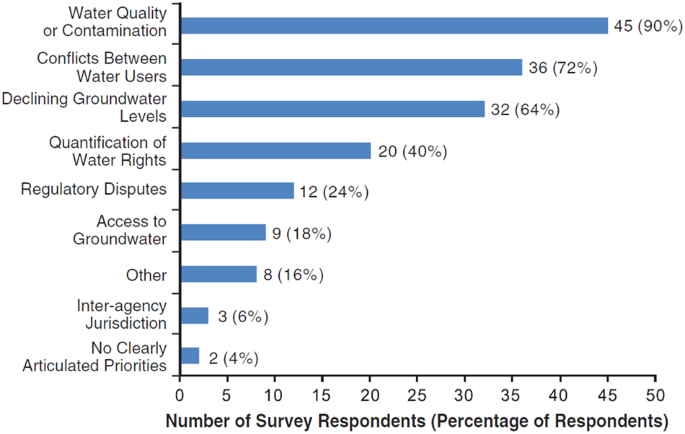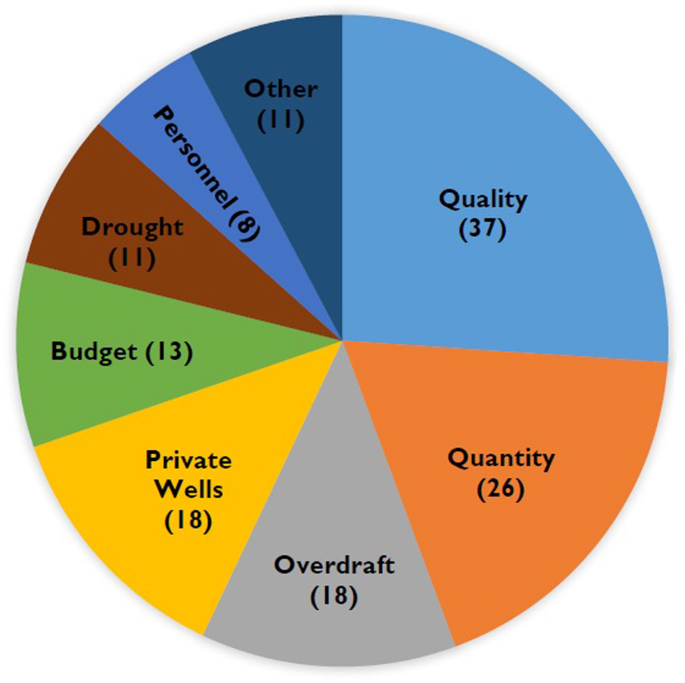
Movies have long helped us understand what it means to live on earth and contribute to an ecologically sustainable planet. Here are ten of our favorites.
In one vision of the distant future, after global warming has melted the ice caps and left the planet covered in water, Kevin Costner grows fish gills, lives on a trimaran, and battles pirates as he sails in search of the legend of “Dryland.”
Waterworld is a constant reminder of the risks associated with making environmental movies. In 1994, it was the most expensive film ever, and the heart of the story was a future ravaged by global warming. It didn’t help that the film was terrible, but Waterworld continues to color the way we think about environmental movies.
Waterworld highlights a problem for environmental cinema: Discussions tend to focus on a fairly narrow range of films, often defined primarily by celebrity documentaries (An Inconvenient Truth, The 11th Hour), the occasional message movie (Promised Land), disaster/post-apocalyptic movies (The Day After Tomorrow), and Wall-E. For most viewers, the world of environmental movies is small.
But filmmakers have long considered the environmental consequences of human behavior, imagined ecological changes on local and global scales, explored catastrophic failures of resource management, and told all kinds of other planetary and environmental stories. Sometimes, these themes are central to a film’s story. In the best ones, such elements underlie a well-written narrative that tells a gripping story about personal relationships, challenges the way we think, or expands our views of the human experience.
This list is meant to expand the way we think of movies that address our planet’s health and the ways in which our own well-being is connected to it. Some are obvious choices and others may be surprising, but each contributes to our understanding of what it means to live on earth and contribute to an ecologically sustainable planet.
Here’s our take on the ten films most likely to inspire your inner environmentalist.
10. Prophecy (1979)
Nowhere in cinema are the consequences of humanity’s manipulation of nature more directly embraced than in horror movies. The freakish results of scientists’ meddling into the natural order has been plaguing large cities, small towns, and rustic cabins since the genre came to be. Manipulating the dead led to Frankenstein’s monster continuously terrorizing locals on-screen since 1931. The fallout of our nuclear weapons awakened the Tokyo-destroying Godzilla of 1954.
But it wasn’t until the creature features of the 1970s and 80s that the horror genre began a deep dive more directly into environmental territory.
Killer monsters roaming the lands are not particularly insightful centerpieces for cinematic ingenuity, and John Frankenheimer’s fairy-tale-gone-wrong about industrial pollution, Prophecy, isn’t a great movie. But it’s a fantastic example of the B-movie camp that made the era’s horror so memorable.
The story opens with the disappearance of two lumberjacks. An EPA employee heads out to study the impacts of local logging efforts accompanied by rescuers searching for the missing loggers. It’s only a matter of time before something—possibly the vengeful spirit Katahdin of local native mythology?—appears in response to the logging activity and brings with it carnage and death. The beast itself, a giant, bear-like mutation created by industrial toxic pollution, terrorizes the woods and its inhabitants with no shortage of body count and blood. In the middle of all the puppetry and outrage and gore-filled ridiculousness is an actual story about the dangers of human carelessness and arrogance.
9. Avatar (2009)
There is much in James Cameron’s epic sci-fi morality play Avatar to dislike. From its unoriginal premise (see: Dances with Wolves) to its embrace of violence as the preferred mechanism for problem-solving, to its final, heavy-handed Cameron-esque lesson, complete with speeches and battles and glorious sacrificial deaths.
Nevertheless, none of that erases the fact that Avatar is a beautifully imagined ode to our deepest connections with the natural world. James Cameron spent $237 million and almost a decade making an incomparable blockbuster plea for environmental protection and respect for indigenous lands. That’s a truly remarkable effort. It is the most expensive environmental advocacy effort in human history—and wildly successful.
That Avatar earned almost $3 billion worldwide—making it the most successful film in history—only reinforces the importance of the film. Fifty years from now, Avatar may be remembered as having played an important cultural role in the era of climate change politics; or perhaps it’ll be seen as a bloated, sentimental blockbuster.
Either way, the highest-grossing movie of all time also happens to be an environmental call to arms by a director who has compared climate change to “the threat the United States faced in World War II.”
8. FernGully: The Last Rainforest (1992)
Would there be an Avatar without its little animated predecessor, FernGully: The Last Rainforest?
Animation is a genre that has deep ecological roots. Animated films from East and West have long explored the interconnectedness between humanity and the planet. And when it comes to Western animation, FernGully: The Last Rainforest is among the most treasured environmental films.
Set in an animated rendition of Australia’s rainforests, the film pits loggers—again (always any easy villain the pictures)—against a magical, unseen world that lives deep within the woods.
What FernGully lacks in depth and inspiration—it’s a fairly straightforward kids’ production—it makes up in dedication to its cause. Released in 1992, FernGully may feel a little dated (1990s Robin Williams, who voices Batty, dates everything). But kids today still respond to the magical world of Crysta and her fairy friends, and their life-depending need to keep the rainforest intact, free from exploitation.
7. I Heart Huckabees (2004)
About as strange a movie as one can imagine (Roger Ebert’s description is perfect: “The movie is like an infernal machine that consumes all of the energy it generates, saving the last watt of power to turn itself off”), I Heart Huckabees is not a movie for everyone (perhaps it is in fact a movie for no one).
The film centers on two existential detectives and their work with a coincidence-obsessed leader of the local Open Spaces Coalition and a young corporate employee whose life is falling apart. There’s also an anti-oil fireman who only rides a bicycle, a French philosopher creeping around the edges of the story, an African refugee autograph collector, and the human search for universal connectivity.
But despite all the manic craziness, the film and its characters take climate change and environmental protection seriously. In fact, I Heart Huckabees is one of the rare non-documentary films of the past decade that portrays an actual debate between smart and serious adults over the values of conservation, the impacts of consumerism, global poverty, and geopolitics.
What will it actually mean to reduce our oil consumption? Do the negative effects of globalization outweigh the benefits of industry, jobs, or medicine? How is American behavior responsible for the conflict in the Sudan? These real and difficult questions are all raised around a dinner table in a single scene. That the scene occurs in the middle of a comedy about identity crises and a campaign to protect a rock from a parking lot makes its presence even more memorable.
6. Erin Brockovich (2000)
The real-life story of Erin Brockovich and her fight against the contamination of groundwater by California’s Pacific Gas and Electric has become as famous as Julia Roberts’ décolletage in Steven Soderbergh’s rendition of the tale.
Erin Brockovich is the story of a single mother of three working in a legal office, who encounters the medical records of a local woman who was treated by PG&E doctors. Looking more closely, Brockovich finds many community members with similar illnesses, all treated by the same doctors. Eventually, she reveals a decades-long corporate cover-up of pollution and ensuing health problems.
Soderbergh’s biopic about an unintentional activist is among the best films about environmental activism—a niche that also includes Silkwood, A Civil Action, and Michael Clayton.
5. Bambi (1942)
It’s been 70 years since Bambi first traumatized children with the most famous hunting expedition in movie history. And yet the tale of Bambi and his friends continues to inspire a love of wildlife in its viewers. Touching and sad and scary, the relationships between Bambi, his protective mother, and his friends are as deep and loving as one will find anywhere else on screen.
There is no question that Bambi has altered the landscape of wildlife protection. And like anything that has lasting cultural impact, the results haven’t been entirely positive. The Bambi Effect—a special interest among the public in the protection of animals we find particularly adorable, like cute little deer, at the expense of those animals considered ugly or pests—has created difficulties for wildlife management efforts. Just look at the complicated issues of deer in urban environments, chronic wasting disease, and culling efforts to see the Bambi Effect in action.
4. The Road (2009)
Dystopic visions of the future pair well with environmental themes. John Hillcoat’s adaptation of Cormac McCarthy’s novel The Road exemplifies the dark, cold, and unfriendly future of life after nature.
The Road tells the story of a man and his son as they scavenge for survival in the wake of an unnamed catastrophic event that has destroyed the natural environment and most of humanity. Of those who survived, some search the remains of the planetary wasteland looking for cans of food and sodas. Others have grouped together into roaming bands of cannibals. It’s a merciless vision of a time best avoided.
What separates The Road from the recent wave of post-apocalyptic cinema is the quiet, foreboding determination of the film and its characters. Even after catastrophic biological devastation, life moves slowly, allowing viewers plenty of time to inhabit a world we start to see as one we need to protect if we are to save ourselves from each other. That may sound preachy, but The Road is not a lesson tidily packaged for its audience. It’s a simple story of love and sacrifice in a setting beyond horror.
3. Soylent Green (1973)
“The people will do anything to get what they need,” says the trailer for one of the most famous resource depletion films in modern movies, the 1973 Charlton Heston sci-fi film, Soylent Green. Set in an overpopulated, urban Earth in 2022, the world survives on food rations produced by the Soylent Corporation, which has just released a new product: Soylent Green. When the director of the Soylent Corporation is murdered, a detective (Heston) finds himself in the midst of a massive cover-up, and the target of assassination to protect the secret of Soylent Green.
The cultural reach of Soylent Green today far outpaces the film itself (if you haven’t seen the film, you’ve probably seen it paralleled in “Buffy the Vampire Slayer,” or parodied on “The Simpsons”). But Soylent Green remains a darkly satisfying cinematic experience—a smooth interplay of police procedure, sci-fi, and horror—and one that understood early the severity of a food crisis that just might be in store for in our future.
And for film aficionados, Soylent Green is the final film in the illustrious career of the actor Edward G. Robinson, who died of cancer only 12 days after filming wrapped. With this knowledge, his is a wonderful and sad performance.
2. Princess Mononoke (1997)
For 30 years, master storyteller and animator Hayao Miyazaki has been creating meticulously rendered animated worlds and telling bold, moving stories. His final film, The Wind Rises, is coming to American theaters next February.
The best film in his amazing body of work is Princess Mononoke, a dark tale of combat between nature and technology. In Mononoke, the march of the Iron Age threatens the peace and harmony of the world as it has existed forever. Ashitaka—a young man cursed by a demon he killed while protecting his town—goes in search of a cure. He finds a battle being waged between the inhabitants of Iron Town and the creatures of the spirit world tasked with protecting the forests. Ashitaka is human and part of the progress of time, but finds his loyalties torn between nature and humanity.
It’s a time of conflict, where tree-spirits and wolf gods are threatened by steel blades and guns. As the conflict nears completion,Miyazaki’s portrayal of the great Forest Spirit’s transformation from beauty to monstrosity demonstrates the unparalleled artistry of anime like few other moments I’ve found.
The defense of the natural world has rarely been as moving, visually engrossing, and morally complicated as it is in Princess Mononoke. It is a masterful feat of imagination that reminds viewers what movies are capable of providing: a wholly original experience in a world unlike any we’ve seen.
1. Chinatown (1974)
The 1970s was a benchmark decade for environmental policy. Never before or since has as much action been taken on the federal level to address the issues of pollution and toxics, resource management, water and air protection, and a host of other problems. Environmental issues were in the mainstream, and it just happens that American cinema was surging.
Thus the 1970s brought many films about environmental and ecological subject matter—including three on this list, and our number one: Chinatown. Written by Robert Towne and directed by Roman Polanski, Chinatown tells the story of Jake Gittes, an private detective hired to investigate an affair who unwittingly discovers a major conspiracy.
A detective noir story at heart, Chinatown follows Gittes as he discovers a nefarious plan to manipulate the water supply. Someone is destroying water tanks in San Fernando Valley and pumping more water into Los Angeles than needed, all in an effort to drum up support for the construction of a new reservoir. It’s a complicated and corrupt plan that leaves Gittes entangled in dirty California politics—and an even dirtier family drama.
Considered among the best American films ever made, Chinatown takes seriously not only the story at its core, but builds immense personal and political drama around the simple, universal dependence we all have on one of the basic building blocks of the natural world.
Tell us what you’d include on your list, below.



